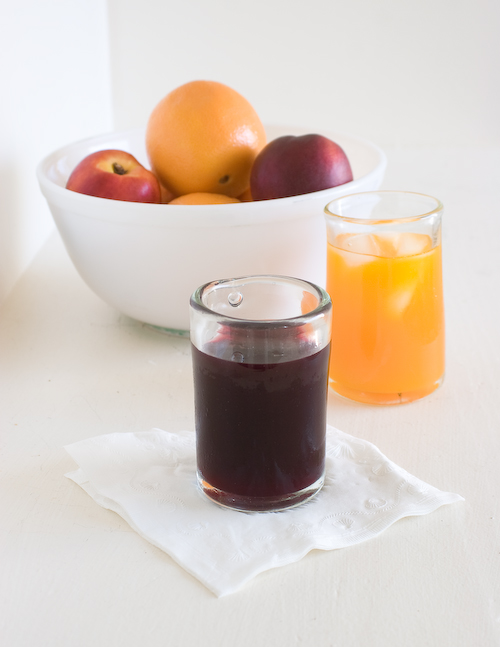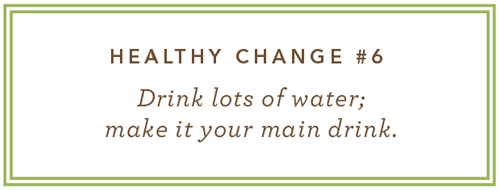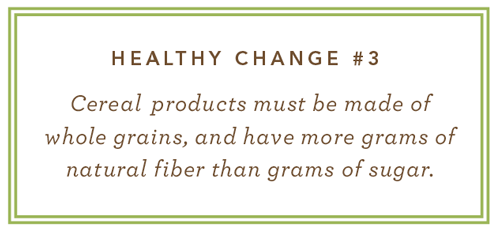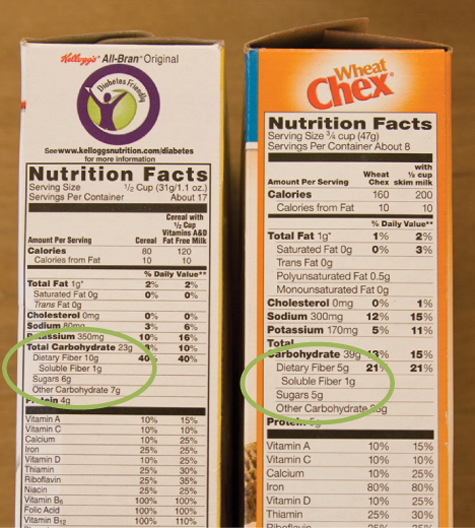Our War on Sugar

Midterm Test
We’re at the midpoint of the year: 26 Healthy Changes delivered, 26 to go. It’s a good time for reflection I think we’re making progress in our modest goal of changing the world. Last night I Googled the search term “Word of Wisdom.” Thanks to you readers, of the 11 million results we were #2, a new high. Only Wikipedia beat us. To me it’s a big deal; in the Olympics that’s a silver medal. Now we just have to pass Wikipedia.
Our stated goal is to change the world and according to Google, we’re doing just that. But change is an action verb. We write these charming posts not to entertain but to create change. Talking is easy—doing is hard. So we press on—in the next post we’ll ask you to score yourself on how many Healthy Changes you’re actually living. Get ready.
A Public Dialog
Have you followed the recent discussion about calories and diet? It involves three people—a physician/scientist, a chef turned food writer, and a serious journalist:
David Ludwig, MD, PhD: Ludwig studies and treats child obesity. A while back he made a controversial statement: Severely obese children should be removed from the care of their parents. One Ludwig study showed the risk of obesity jumped 60% with each daily soft drink.
Ludwig’s most recent study evaluated three diets for their ability to keep weight off, once it has been lost. This is important because in nearly all cases, when dieting loses weight, it is later regained. The three diets were:
- The standard low-fat diet you often hear recommended,
- An ultra-low carb (Atkins) diet, and
- A low-glycemic diet of vegetables, fruit, legumes, and whole grains (basically, the WOWL diet).
The low-fat diet did the worst, so it’s time to move away from the bad advice of the last generation. The Atkins diet did best but with the complication of higher inflammation (measured by c-reactive protein) and cortisol (the stress hormone). The low-glycemic diet (basically, the WOWL dietary) offered the best combination of weight loss and freedom from side effects.
Mark Bittman: Is a chef turned author who writes for the N.Y. Times. He gave his take on Ludwig’s study in an article titled, “Which Diet Works.” Bittman said, “Over the long term, the low-glycemic (WOWL, or whole foods) diet appears to work best . . . . The message is pretty simple: unprocessed foods give you a better chance of idealizing your weight—and your health.” I like the simplicity of this; if you eat healthy you’ll have a healthy weight. We won’t all look the same, that would be boring and unnatural, but we’ll be our healthiest.
Gary Taubes: A serious researcher and journalist, author of Good Calories, Bad Calories, the definitive work linking sugar and highly processed foods to obesity, diabetes (type 2, not type 1 which afflicts some children for unknown reasons), and chronic disease, weighed in next. His N.Y Times article, titled “What Really Makes Us Fat” attacked our fascination with calories and calorie counting.
Taubes doesn’t believe in the equality of calories—some are good and some, in his view, are bad for you. He spent six years researching his book, an attack on America’s sugar addiction, and he’s pretty convinced the first step to improving our nation’s health is to eat less sugar. So am I—counting calories won't take the place of eating real whole foods.
The Inequality of Calories
When America’s overweight problem is discussed the calorie truism, based on the 1st Law of Thermodynamics—which speaks to the conservation of energy—is usually mentioned. "A calorie is a calorie," you hear that a lot. Sometimes so-called experts simply say, “Calories in, calories out.” They mean overweight is the simple result of eating more calories than you burn. Or you hear this guidance: “Eat less, move more.” But is it that simple? If you’re a regular reader of this blog you know better.
I took thermodynamics in college—taught by Dr. Milton Willie, a brilliant and caring teacher—and I believe in the first law. But, because of the complexity of nutrition, I’ve never believed in the equality of calories. Think about it: Will a calorie from a carrot have the same effect in your body as a calorie from a soft drink? Of course not—so stop counting calories and focus on your daily servings of vegetables, fruits, legumes, nuts, whole grains, and a little meat.
Our War on Sugar
As a young man I remember standing by the railroad track of a small town in rural Guatemala. Lumbering past were car after car overflowing with sugar cane. It was the time of the sugar cane harvest. The harvest seemed a good thing, a blessing for the local economy. Before that I remember watching long trains loaded with sugar beets in Davis, California. And years later watching trucks load an Illinois corn harvest into massive tanks labeled, "high fructose." These were all about the same thing: supplying our growing sugar gluttony. Now we know that more and more sugar isn’t a good thing. Our annual intake of about 100 lbs of sugar should be slashed to at least 20-30 lbs, per the AHA, to reduce our risk of overweight, diabetes, heart problems, and other chronic diseases.
Of the 52 Healthy Changes, four have the goal of reducing our intake of sugar. Here are the four strategies for reducing sugar intake:
- Our first Healthy Change went after soft drinks, the leading source of refined and artificial sugar: If you consume sugary drinks, real or diet, limit yourself to one (12 oz.) serving per week.
- Healthy Change #10 was about grains and attacked the practice of removing natural fiber and adding sugar to grain products, beginning with bread but including breakfast cereal also: Your daily bread must be whole grain with more natural fiber (see the nutrition panel) than added sugar. The mantra "more fiber than added sugar," drives us to eat whole foods.
- This week’s Healthy Change goes after the American love for candy: Enjoy your candy a piece at a time; never bring a bag or box into the home. I like candy as a treat, but it should be a treat, not a habit.
- The final sugar strategy suggests a way to enjoy chocolate without gorging on sugar: Enjoy dark (70%) chocolate, with fruit and nuts.
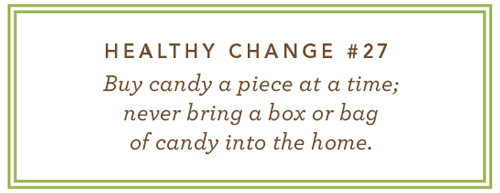
Please comment: How do you manage sugar in your life? How have you gotten past the false belief that artificial sweeteners like those in “diet” drinks—such a sad, pathetic name—are somehow healthier than real food? Oh yes, happy 4th of July. It's a great country but eating right would make it way better.
 Wednesday, July 4, 2012 at 7:09AM | by
Wednesday, July 4, 2012 at 7:09AM | by  Skip Hellewell |
Skip Hellewell |  8 Comments |
8 Comments |  16 References | | in
16 References | | in  healthy change,
healthy change,  sugar |
sugar |  Email Article
Email Article 






